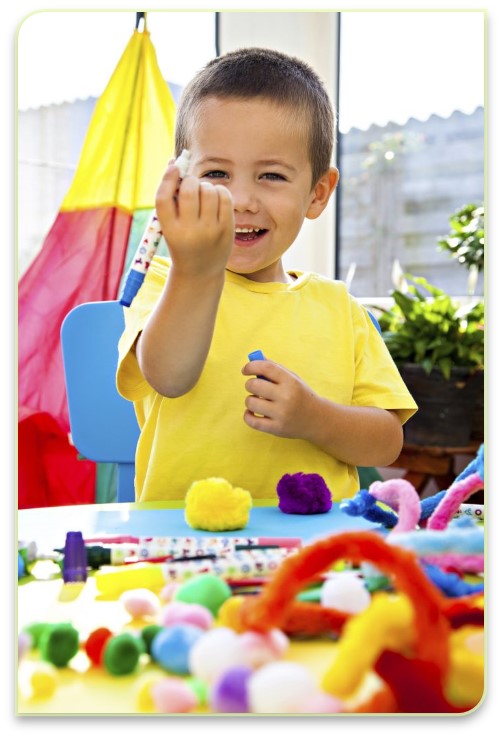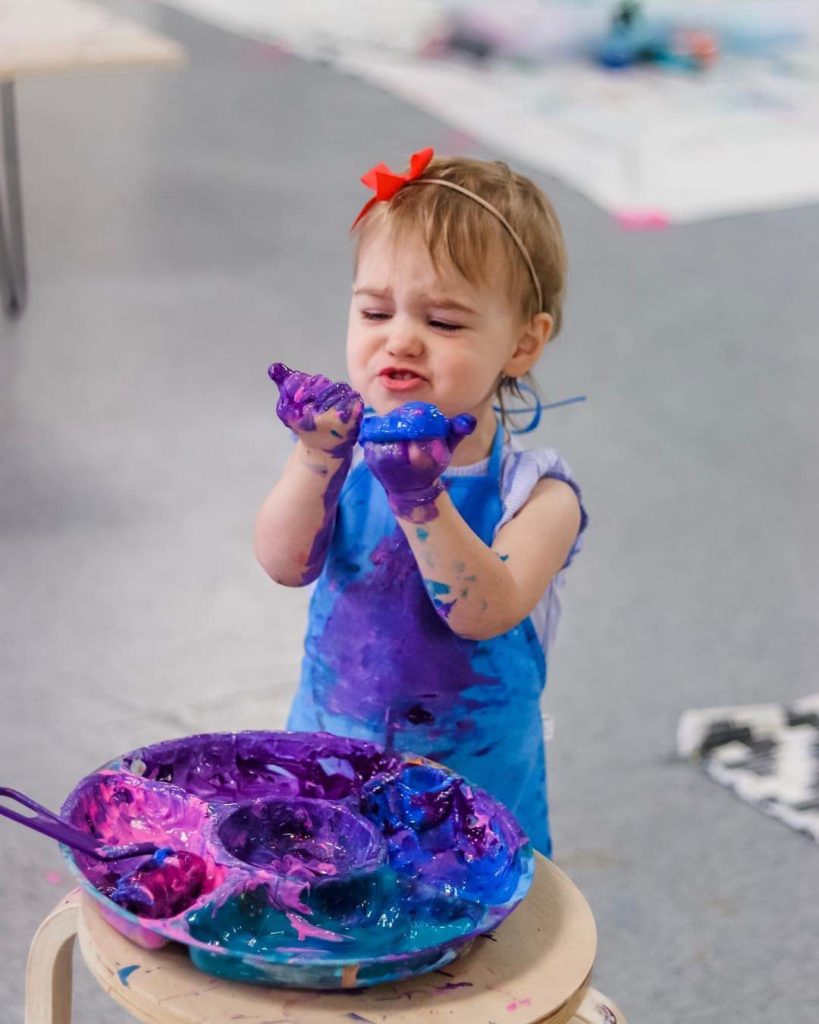Problem Solving and Math Skills
In this lesson you will learn how Problem Solving and Math Skills are built using Art

Children’s Minds
When children’s minds are engage in art they are constantly testing theories and conquering challenges. They become Art Scientist!
Questions like:
- “I am out of green paint how can I make green?”
- “This won’t fit in this space what can I do to make it fit?”
- “The glue isn’t working how can I get this to stick?”

Problem Solving Skills
Problem solving when children participate in art is an ongoing process.
Children don’t even realize they are consistently being challenged to solve problems.
When children are allowed to become fully invested in Art it teaches them to approach problems as exciting opportunities to develop their skills and creativity.

ART
Using Art to work through problems that may occur in life is a valuable tool.
It allows children to imagine possible solutions and test them out on their peers.
This is a treasured exercise that will help develop important problem-solving skills necessary for success in any career

Math Skills
Art adds a sensory dimension to Math. Senses like touching and hearing are associated with a simple math problem stimulating different parts of the brain, making it a learning experience that a child can remember, build upon and recall.
Art is great for hands-on learning. Children learn best when using all of their senses, allowing them to integrate the newly acquired knowledge with real-life application.

Art and Math
Open-ended art projects offer children the freedom to problem solve, draw conclusions and try new ideas. This strategy opens their minds to out-of-the-box solutions.
Children gain a deeper understanding when they work on math art projects; learning concepts like symmetry, space, and shapes are easier to comprehend when learned through Art.

- Through Art children can learn, create, and understand concepts like size, shape, comparisons, counting, and spatial reasoning.
- When working with simple collage materials and beads to introduce numbers, positive and negative space, classification, sequencing, and pattern recognition, young children can better understand beginning math concepts.

Art adds a sensory dimension to Math. Senses like touching and hearing are associated with a simple math problem stimulating different parts of the brain, making it a learning experience that a child can remember, build upon and recall.
